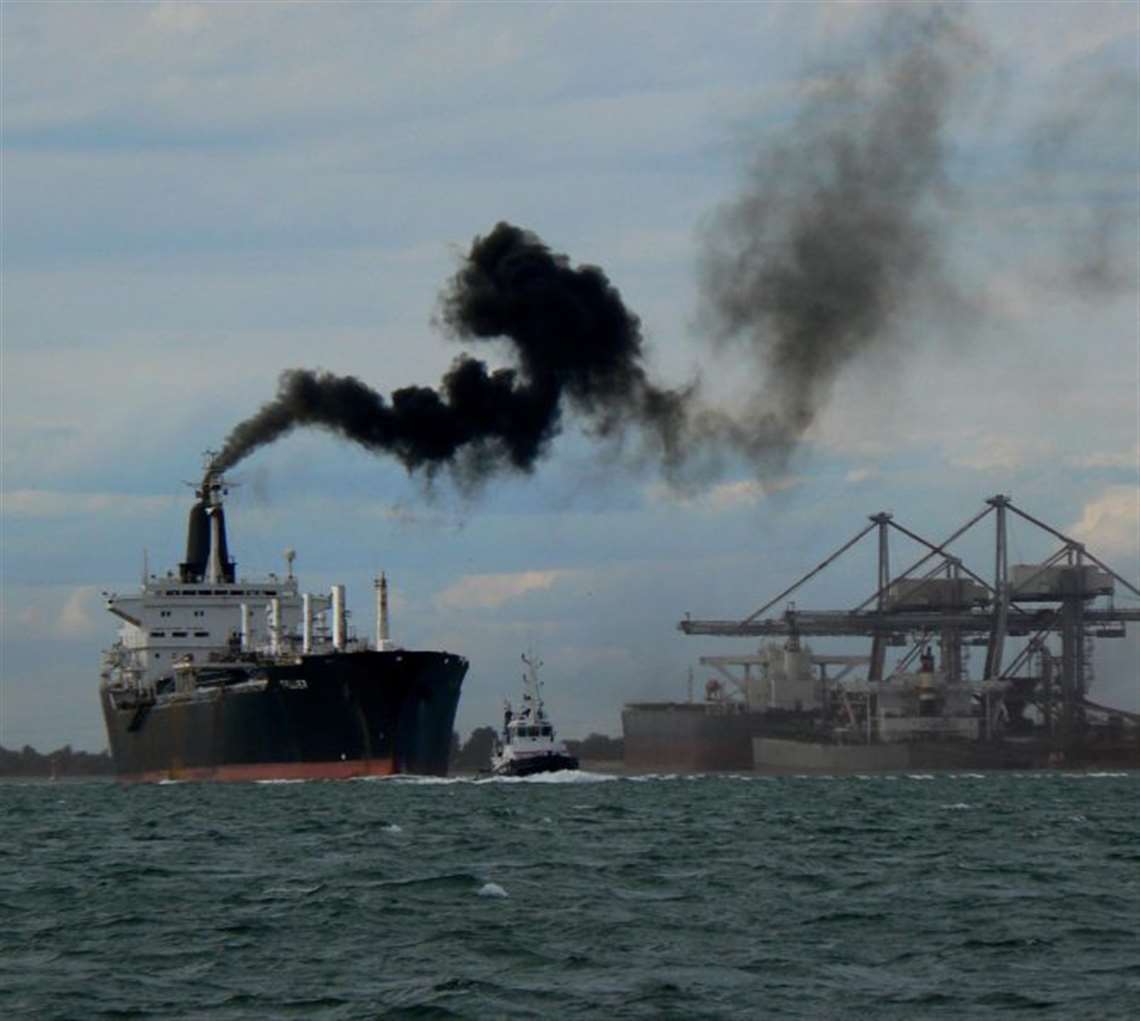Sulfur Cap Guidance Offered
20 August 2019

A group of marine industry companies and organizations has released a Joint Industry Guidance on the supply and use of 0.50% sulfur marine fuel ahead of the Jan. 1, 2020 deadline.
In October 2016, the International Maritime Organization (IMO) confirmed that the global limit for sulfur in fuel oil used on board ships of 0.50% m/m (mass by mass) would go into effect on Jan. 1, 2020. The implementation of this regulation will have far-reaching implications throughout the marine fuel supply chain, and will require detailed consideration by all parties associated with the production, distribution, storage, handling and use of these fuels.
The publication is designed to provide guidance for stakeholders across the marine fuels and shipping industries, from fuel blenders and suppliers to end users. It presents the specific safety and operational issues relating to the supply and use of max. 0.50%-sulfur fuels, an overview of fuel quality principles, and the controls that should be put in place to ensure that safety issues are identified, prevented and/or mitigated. It addresses issues such as fuel compatibility, fuel stability, and fuel handling and storage, and contains a comprehensive review of existing operational factors that can affect safety. It does not address issues related to compliance with Flag State, Port State or IMO rules or guidelines, or alternative means of compliance (e.g. exhaust gas cleaning systems), and does not include a discussion of alternative fuels such as liquefied natural gas, hydrogen or methanol.
Suggestions from the guidance statement include:
Ensure fuel quality by ensuring that blend components are suitable for bunker fuel production, with particular attention being given to ensure that the final product is stable.
Fuel suppliers and purchasers should provide adequate information to the ship concerning the fuel as supplied to enable ship crew to identify and manage potential safety and operational issues associated with certain fuel properties and characteristics.
Fuel characteristics are expected to vary considerably between bunkers. The ship’s crew will need to adopt a more proactive approach to fuel management. They will need to know the fuel characteristics as loaded and be able to respond to the requirements, especially in terms of onboard temperature requirements and any commingling.
While compatibility between fuels from different supply sources can be a concern in today’s environment, assessing compatibility of 0.50%-sulfur fuels from different sources will be key. To the extent possible, fuel should be loaded into an empty tank. The available space for new bunkers to be loaded should be taken as the capacity of the empty tanks in order to avoid commingling on loading.
Ship operators and fuel suppliers should review operational practices to allow sufficient time to test for compatibility between existing and proposed bunker fuel delivery, especially if no “empty” dedicated storage tank is available on the ship.
The publication will be supported by an e-learning course to be released in October.
STAY CONNECTED




Receive the information you need when you need it through our world-leading magazines, newsletters and daily briefings.
POWER SOURCING GUIDE
The trusted reference and buyer’s guide for 83 years
The original “desktop search engine,” guiding nearly 10,000 users in more than 90 countries it is the primary reference for specifications and details on all the components that go into engine systems.
Visit Now
CONNECT WITH THE TEAM









